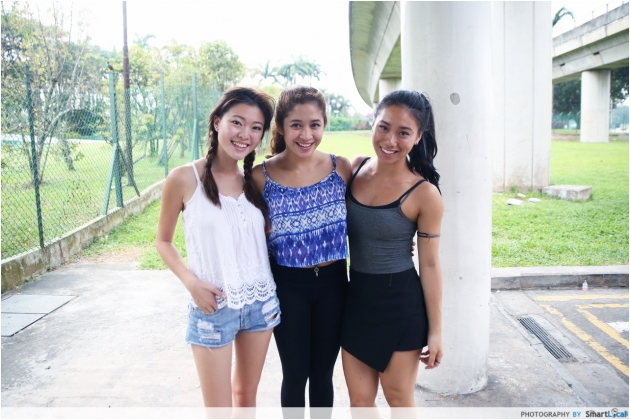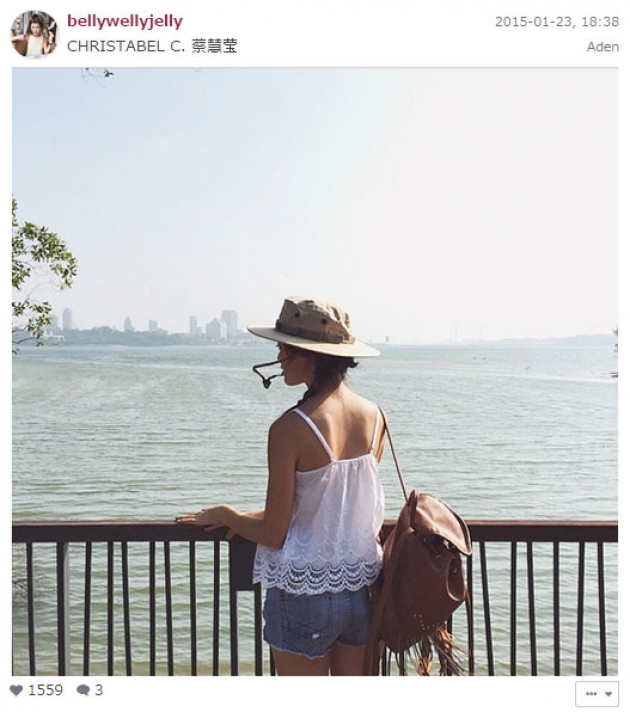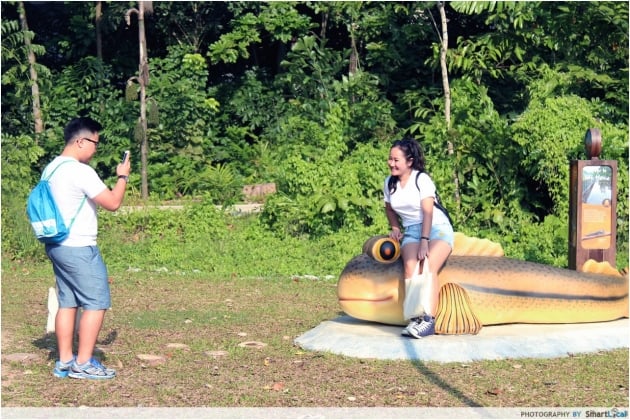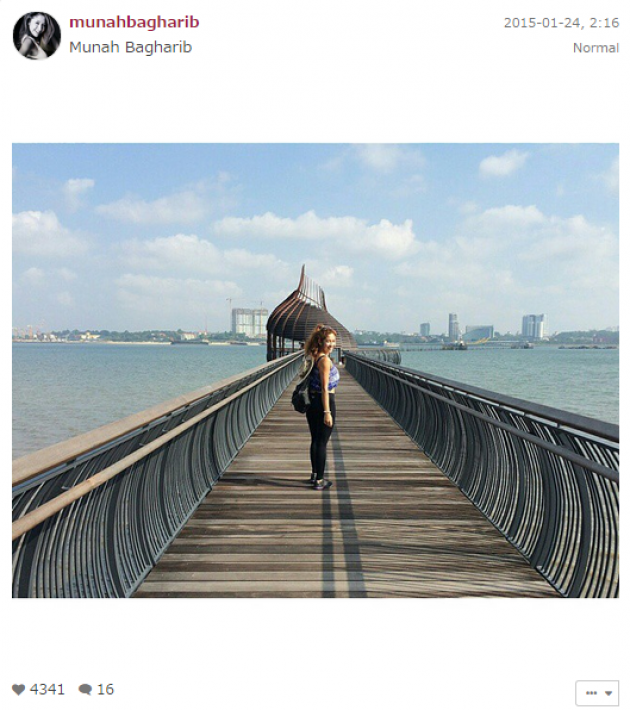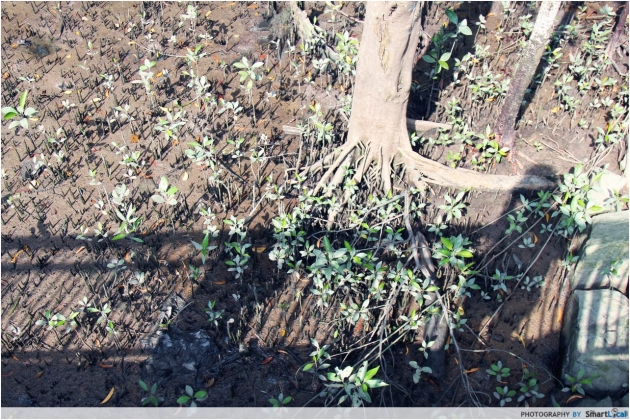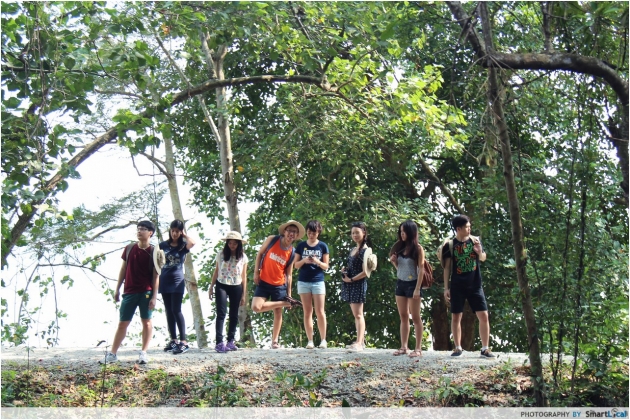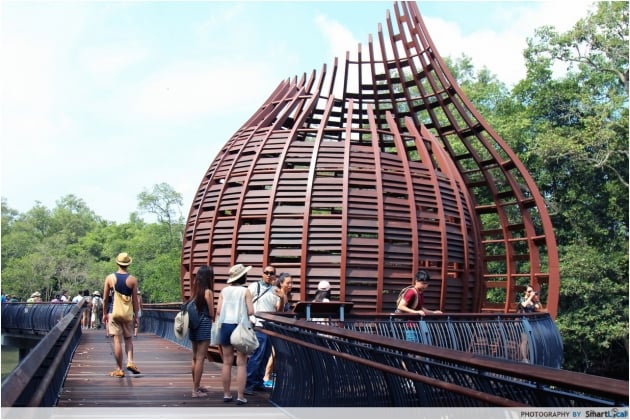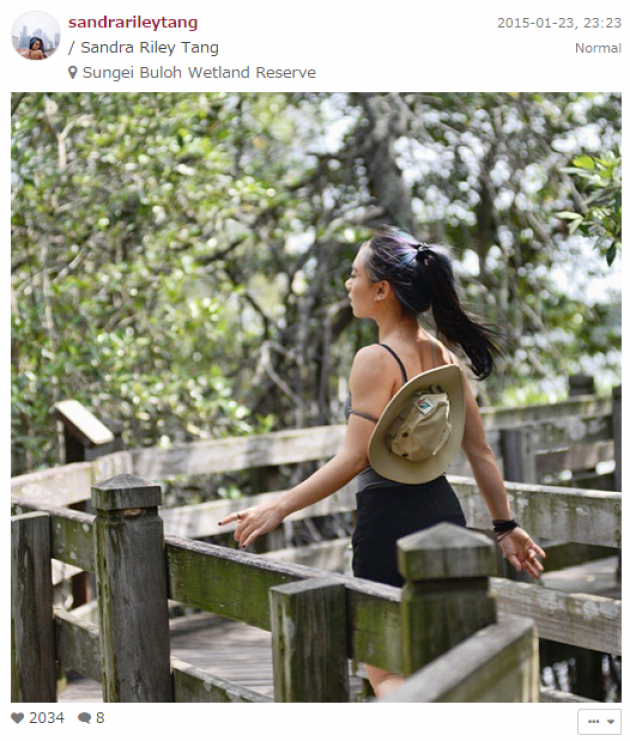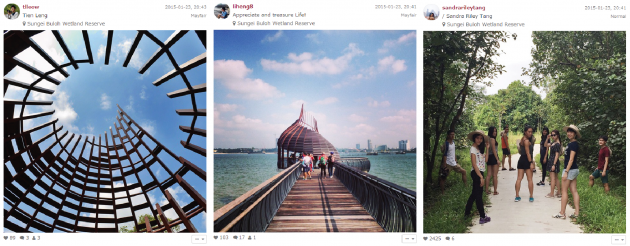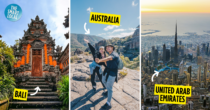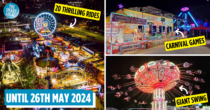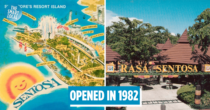Seeing Sungei Buloh In A Different Light
Let’s be honest – Sungei Buloh Wetland Reserve (SBWR) isn’t the first thing in our minds when we talk about attractions in Singapore. Sure, we’ve been on excursions to the Reserve when we were in school but I’m sure many of us haven’t been back since then. Now that I’m a lot older and hopefully, a little bit wiser, the idea of re-visiting Sungei Buloh intrigued me.
So, when I visited Sungei Buloh recently for our second #InstaWalk, I was pleasantly surprised at how much I learnt about the flora and fauna that thrived there. For one, I never knew that it’s recognised as a site of international importance for migratory birds. And I never knew that it was gazetted as a nature reserve to protect the rich biodiversity in the area. It’s no wonder that Sungei Buloh Wetland Reserve has been dubbed, “The Living Classroom.”
Together with the Ministry of National Development (MND) and the National Parks Board (NParks), TheSmartLocal organised the first ever Sungei Buloh #InstaWalk on the 24th of January. We explored the newly-opened extension of SBWR as well as its more familiar sites.
Joining us on #iWalkSgBuloh were our NParks Guides, our three friendly Social Media Influencers, Christabel Chua (@bellywellyjelly), Munah Bagharib (@munahbagharib) and Sandra Riley Tang (@sandrarileytang) as well as the 30 lucky friends we specially invited to re-discover Sungei Buloh and what it had to offer. Like the previous #InstaWalk, we made a video to document our exploration of the reserve. Take a look at what we saw, what we learnt as well as what everyone had to say about #InstaWalk at Sungei Buloh, before reading a recap of what happened that day.
A Guide To Sungei Buloh
0900: We gathered at Kranji MRT Station, where everyone was given their goodie bags and information booklets. It was nice to see some familiar faces from #InstaWalk at Pulau Ubin joining us again. Once everyone was accounted for, we boarded the bus that would bring us to SBWR.
As we made our way to the reserve, it was revealed that this #InstaWalk would be a little different from the previous one. This time, we were throwing a competition in the mix where the Instagrammer with the Best Shot and the Most Creative Photo stood to win attractive prizes. And because the participants were split into three teams led by each of the influencers, the team with the Best Group Photo stood to win a bonus prize.
With the competition set and everyone raring to go, we set off to discover the sights and sounds of Sungei Buloh, arriving at the newly-opened extension of Sungei Buloh Wetlands Reserve.
Junior Adventure Trail & Little Heron Deck
0930: Located by the new Sungei Buloh Extension Visitor Centre, the Junior Adventure Trail was designed like an obstacle course for children where they can experience how crabs and mudskippers live in the mangrove. While most of us can no longer be considered children, we still had a fun time jumping through the obstacles. Some of us even raced each other on the pulley boats.
After all that excitement, we made our way to Little Heron Deck where we took in the sights while trying to spot Herons that usually nest around the area. Some of us even took this chance to pose for pictures with the statues of Muddy The Mudskipper!
Mid-Canopy Walk
0950: As we made our way through the reserve, we turned into the Mid-Canopy Walk, a 150-metre long suspension bridge where we had fun just bouncing along. While it was fun, did you know that the bridge actually serves a greater purpose? Our NParks Guides explained that the bridge took us through the understory, the layer between the canopy and the forest floor.
At 3 metres above the forest floor, it gave us the opportunity to spot different species of birds, insects, reptiles and small mammals that live among the vegetation. While it seemed that the animals were being shy and hiding from us, we definitely spotted some large spiders hanging from branches. They were fascinating but needless to say, some of us weren’t too excited about those spiders.
Eagle Point Boardwalk
1010: Eagle Point Boardwalk was definitely a favourite spot amongst the participants. Situated along the Coastal Trail, Eagle Point Boardwalk is also the furthest point from the coast. It took us out of the mangrove for a clearer view of the Straits of Johor, where we managed to see a few White-bellied Sea Eagles in the skies, waiting for a chance to catch their next meal. We learnt that these birds are often seen in pairs because they are known to pair for life.
While the views were spectacular and many of us couldn’t resist taking pictures against the stunning backdrop, we also learnt about the coastal mangroves. Our NParks Guides also told us about their experiences with volunteers who visit SBWR to help with coastal clean-ups and conservation efforts. Side-note: For those of you who are keen to do your part in conserving nature, you can sign up to be a volunteer with NParks here.
Coastal Trail & Lumnitzera Walk
1030: We continued our journey along the 1.3km-long Coastal Trail which included a stroll through Lumnitzera Walk, named after a cluster of Lumnitzera littorea trees found around the walk. We were fortunate to be there during low tide because it allowed us to see the complex root networks of these mangrove trees.
Yet, what captured our attention most, were the different animals that we managed to see in their natural habitats. From mudskippers that were chilling in tiny puddles to monitor lizards that were camouflaged amongst the foliage, we couldn’t help but want to photograph them.
Our NParks Guides even pointed out several mud lobster mounds that can only be seen during low tides. It’s a pity we didn’t get to see the lobsters though, as they are nocturnal creatures.
Kingfisher Pod, Mudskipper Pod & Dragonfly Pod
1040: These three observation pods provided us with some much appreciated shade as well as elevated views of the surrounding mangroves. Kingfisher Pod is the highest point along the trail and is named after the birds that are commonly seen around the area.
While it is not as high, the Mudskipper Pod gave us a closer look at the mangrove vegetation and land-dwelling mangrove animals. What excited me the most however, was finding out that the attap chee we get in ice kacang comes from the fruit of the Nipah Palm, commonly found in mangroves.
The low tide allowed us to walk through the Mud Experience, which includes a rope bridge and a platform that brought us near to the bottom of the mudflats. We were lucky because they would be submerged in water when tides are high. Just past that was Dragonfly Pod, a lookout point that gave us a chance to come up close and personal with nesting birds in the marshlands.
Mangrove Boardwalk & Migratory Bird Trail
1200: After a short break at the Wetland Centre, we visited two locations that are part of the main reserve – the Mangrove Boardwalk and Migratory Bird Trail. Both locations brought us closer to the mangroves and wildlife at Sungei Buloh.
We walked along the 500-metre Mangrove Boardwalk as the tide started to rise. We were told that Smooth Otters may be seen there at high tide but luck wasn’t on our side. However, we saw many Tree-Climbing Crabs as they made their way up the tree trunks to avoid the rising tide. And who can forget the incessant call of the cicadas? Apparently, when you stop hearing them, it is a sign that it is going to rain.
When we visited the Migratory Bird Trail, we were meant to bird-watch because migratory birds from as far as Siberia can be seen in Sungei Buloh from September to March. But that didn’t last very long because we spotted an Estuarine Crocodile soaking up the sun.
After several attempts at capturing the crocodile on camera – some of us even resorted to taking a picture through the lens of a telescope – we made our way back to the Wetland Centre.
A Lesson In Nature & Photography At Sungei Buloh
1240: As we gathered in the Multi-Purpose Hall at the Wetland Centre, all the participants took this time to upload all their pictures on Instagram. When they were done, the Influencers and the TSL Team scrolled through all the pictures to pick the winners.
After some deliberation by the judges, it was announced @tlleow and @liheng8 had been awarded the Best Shot and Most Creative Shot respectively, with #TeamSandra taking home the prize for the Best Group Photo.
1300: After some last-minute group shots and selfies, we made our way to the bus that would bring us back to Kranji MRT Station. It was a long and tiring day of walking but being able to see the sights and learn about the rich biodiversity in Sungei Buloh more than made up for it. With new friends and a lot of memories, I’m quite sure that all of us would encourage more of our friends and family to take some time off to visit SBWR.
Don’t forget to follow @thesmartlocalsg and @MNDSingapore on Instagram for more information on our next #InstaWalk! Check out all the other pictures we took in our facebook album and the pictures all our followers and friends uploaded on Instagram with the hashtag #TSLWalks.
This post was brought to you by Ministry of National Development.

Drop us your email so you won't miss the latest news.
